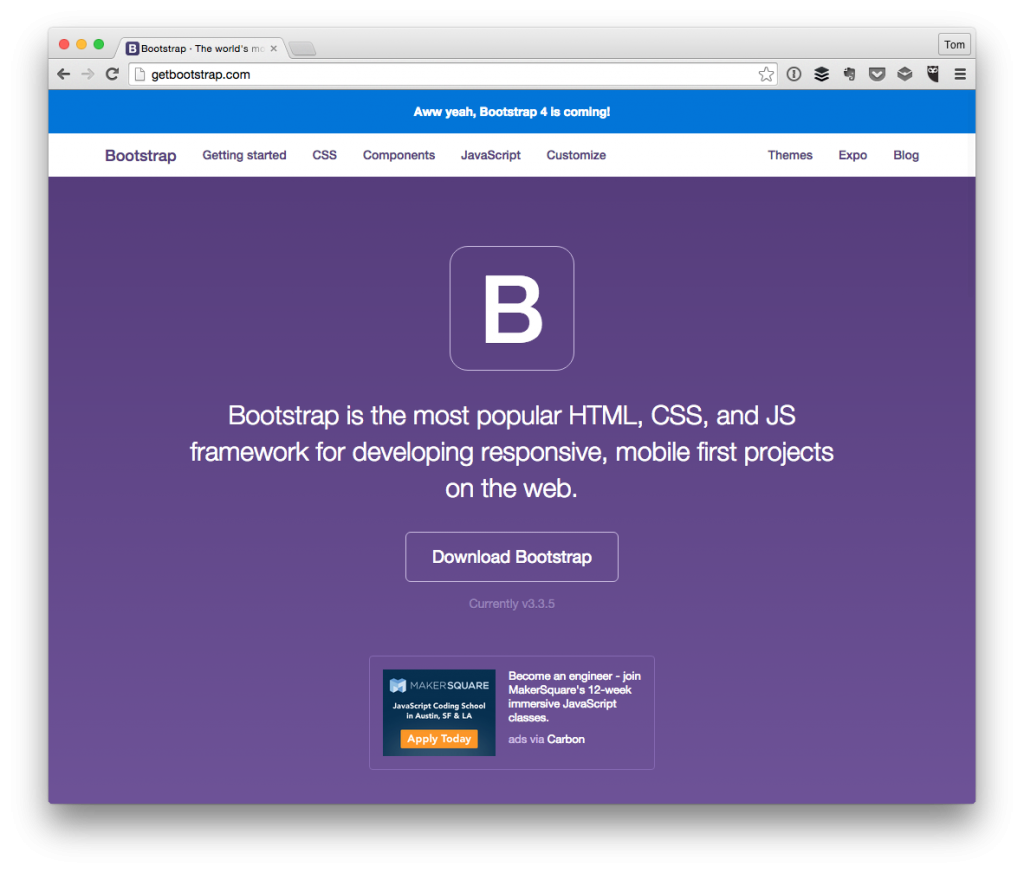The longer we work with a given library, framework, set of APIs, or whatever, the more comfortable we get with solving problems using them.
It’s a natural by product of experience, isn’t it?
But that doesn’t mean we’re solving the same problems over and over again. Sometimes, sure, we might be solving a problem like we’ve done previously. And really, in those instances, we should have libraries ready to plug into our work, but that’s content for another post.
Other times though, we may be working with the same foundation to solve new problems.
And that’s where it gets to be a little more touchy:
Because of our familiarity with the tools with which we’re working, we think we’re ready to jump in and solve the problem.
That’s not really the case though, is it? I mean, we might be working with the usual toolset, but we’re still solving a unique problem.
And in that case, shouldn’t we be taking a few steps prior before jumping into our IDE?


